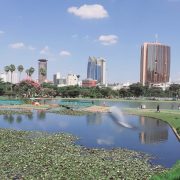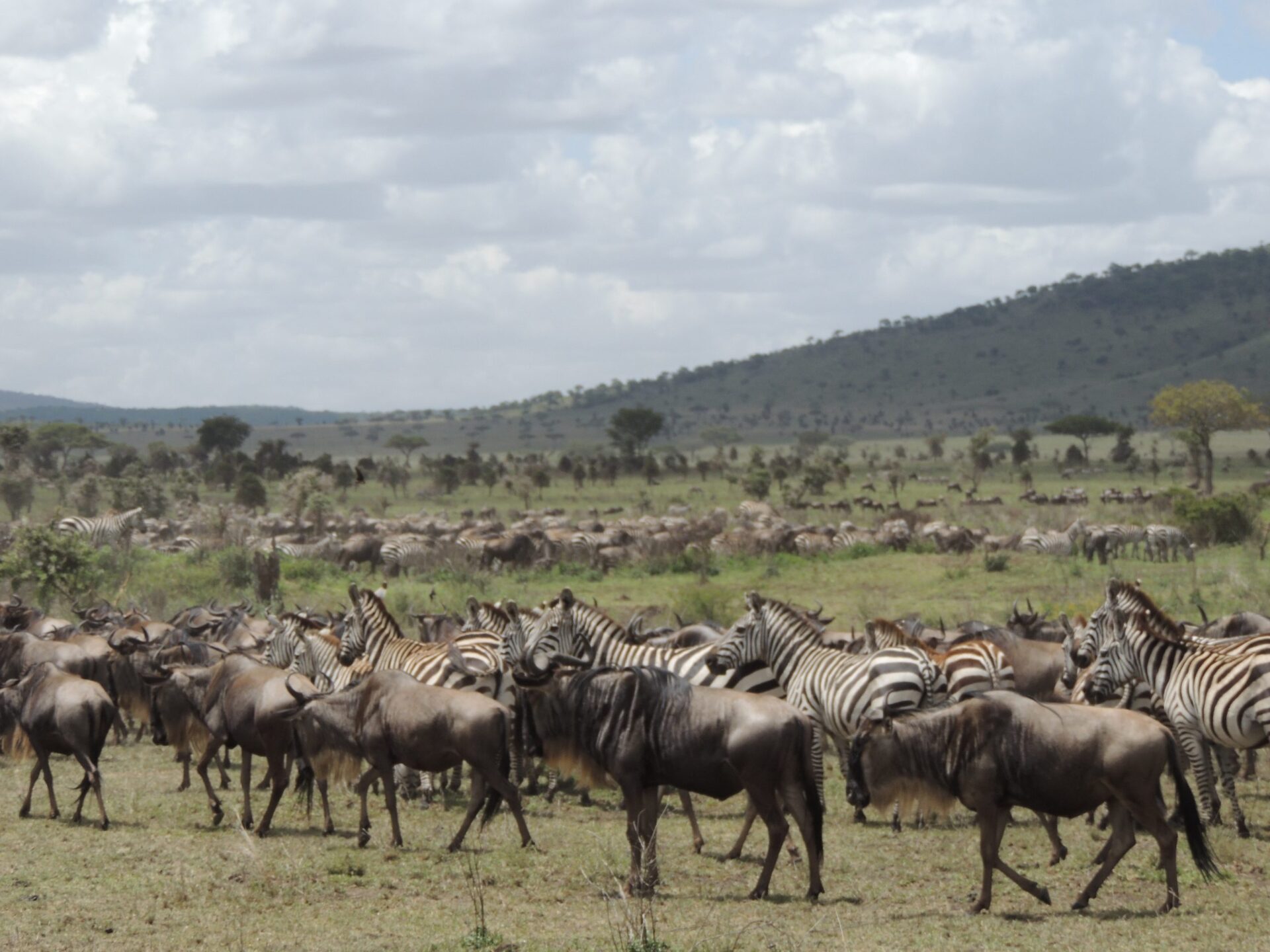
The Ultimate Guide to Planning a Safari in Kenya
Discovering the Wild Heart of Africa
Kenya, a land of breathtaking landscapes, rich cultures, and unparalleled wildlife experiences, stands as a crown jewel of African tourism. Safaris in Kenya offer an adventure of a lifetime, where the wild meets luxury, and ancient cultures blend with modern conservation efforts. This guide explores why Kenya should be at the top of your travel list in 2024 and provides essential tips for planning the perfect safari.
Why Kenya is the Ultimate Safari Destination
1. Unrivaled Wildlife Diversity
Kenya is synonymous with the word “safari.” The country boasts a diverse range of ecosystems, each teeming with wildlife. From the iconic Maasai Mara National Reserve, where the Great Migration unfolds, to the lesser-known gems like Samburu and Amboseli, Kenya offers unmatched opportunities to witness the “Big Five”—lion, elephant, buffalo, leopard, and rhinoceros—in their natural habitat.
2. The Great Migration: A Natural Wonder
One of the most spectacular events in the animal kingdom is the annual Great Migration, where over 1.5 million wildebeest, zebras, and gazelles traverse the Mara River in search of greener pastures. This awe-inspiring event occurs between July and October and is a must-see for any wildlife enthusiast. Witnessing this phenomenon in Kenya is not just about seeing the animals; it’s about experiencing the raw power of nature in its most primal form.
3. Cultural Richness and Heritage
Kenya’s safari experience is not limited to wildlife. The country is home to over 40 distinct ethnic groups, including the Maasai, Samburu, and Kikuyu. Visitors have the unique opportunity to engage with these communities, learn about their traditions, and even participate in cultural activities. This cultural immersion adds a rich, human dimension to the safari experience, making it more than just a wildlife adventure.
4. Luxury Safari Lodges and Camps
Kenya offers a wide range of accommodation options, from luxury lodges to budget-friendly camps. Many of these are located within or near the national parks and reserves, offering stunning views and easy access to wildlife. Whether you prefer the opulence of a five-star lodge or the rustic charm of a tented camp, Kenya’s safari accommodations are designed to blend comfort with the natural surroundings.
Top Safari Destinations in Kenya
1. Maasai Mara National Reserve
The Maasai Mara is arguably the most famous safari destination in the world. Its vast savannahs, rolling hills, and acacia trees create a classic African landscape. The reserve is home to an extraordinary range of wildlife, and it’s here that you can witness the Great Migration in all its glory. Beyond the migration, the Mara offers year-round wildlife sightings, including large prides of lions, elusive leopards, and massive elephant herds.
2. Amboseli National Park
Amboseli is known for its stunning views of Mount Kilimanjaro, the highest peak in Africa. The park’s open plains and swamps attract large herds of elephants, making it one of the best places in Kenya to observe these majestic creatures up close. Birdwatchers will also find Amboseli a paradise, with over 400 bird species recorded.
3. Samburu National Reserve
For those looking to explore off the beaten path, Samburu National Reserve offers a more secluded safari experience. Located in the arid regions of northern Kenya, Samburu is home to unique wildlife species not found elsewhere, including the Grevy’s zebra, reticulated giraffe, and Somali ostrich. The reserve’s rugged beauty and sparse vegetation provide a striking contrast to the greener landscapes of the south.
Tsavo, Kenya’s largest national park, is divided into Tsavo East and Tsavo West. Tsavo East is known for its vast open plains, while Tsavo West is more mountainous and lush. The park is famous for its “red” elephants, which have a distinctive red hue from the park’s iron-rich soil. Tsavo is also home to the stunning Lugard Falls and the Mzima Springs, where you can observe hippos and crocodiles in crystal-clear waters.
Best Time to Visit Kenya for a Safari
Kenya’s diverse climate means that there is no bad time to visit, but the timing of your safari can significantly impact your experience.
1. Peak Season (July to October)
The peak safari season in Kenya coincides with the Great Migration. This is the best time to visit if you want to witness the dramatic river crossings in the Maasai Mara. However, it’s also the busiest time, with higher prices and more tourists.
2. Shoulder Seasons (January to March and November to December)
These months offer a good balance between wildlife viewing and fewer crowds. The weather is generally dry, and game viewing is excellent as animals gather around water sources. This period is also ideal for birdwatching, as migratory species are present in large numbers.
3. Green Season (April to June)
The green season, also known as the rainy season, sees fewer tourists and lower prices. While some areas may be harder to access due to rain, this is the best time for photography, as the landscape is lush and vibrant. Additionally, many animals give birth during this period, providing unique opportunities to see young animals.
Safari Tips and Recommendations
1. Book Early
Kenya is a popular safari destination, and accommodations in prime locations like the Maasai Mara can fill up quickly, especially during peak season. To ensure you get your preferred dates and lodges, it’s advisable to book your safari at least six months in advance.
2. Choose the Right Safari Package
There are various safari packages available, ranging from budget to luxury. When choosing a package, consider what is included, such as accommodation, meals, park fees, and guided game drives. Some packages also offer additional activities like hot air balloon rides, bush walks, or cultural visits.
3. Pack Smart
When going on a safari, it’s essential to pack light but smart. Neutral-colored clothing is recommended to blend in with the environment. Don’t forget essentials like a wide-brimmed hat, sunscreen, insect repellent, and binoculars. A good camera with a zoom lens is also a must for capturing those once-in-a-lifetime wildlife moments.
4. Respect Wildlife and Local Communities
A safari is a privilege, and it’s important to respect both the wildlife and the local communities. Always follow your guide’s instructions, maintain a safe distance from animals, and avoid feeding or disturbing them. When visiting local villages, be mindful of cultural sensitivities and ask for permission before taking photographs.
Conclusion
A safari in Kenya is more than just a holiday; it’s a journey into the heart of Africa’s wilderness. From the iconic Maasai Mara to the remote landscapes of Samburu, Kenya offers a safari experience that is unmatched in its diversity and richness. Whether you’re a seasoned traveler or embarking on your first safari adventure, Kenya promises an unforgettable experience filled with awe-inspiring wildlife, breathtaking scenery, and warm hospitality.
Plan your trip, pack your bags, and get ready to embark on the safari of a lifetime in Kenya—a land where adventure and nature converge in the most spectacular way.





